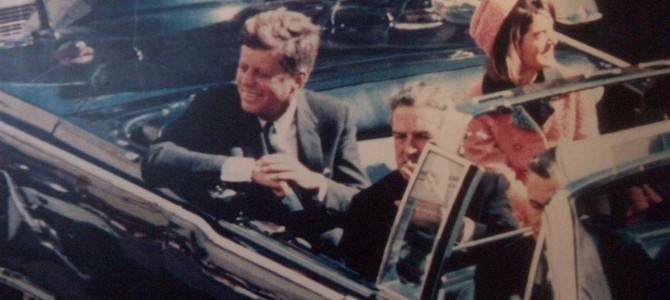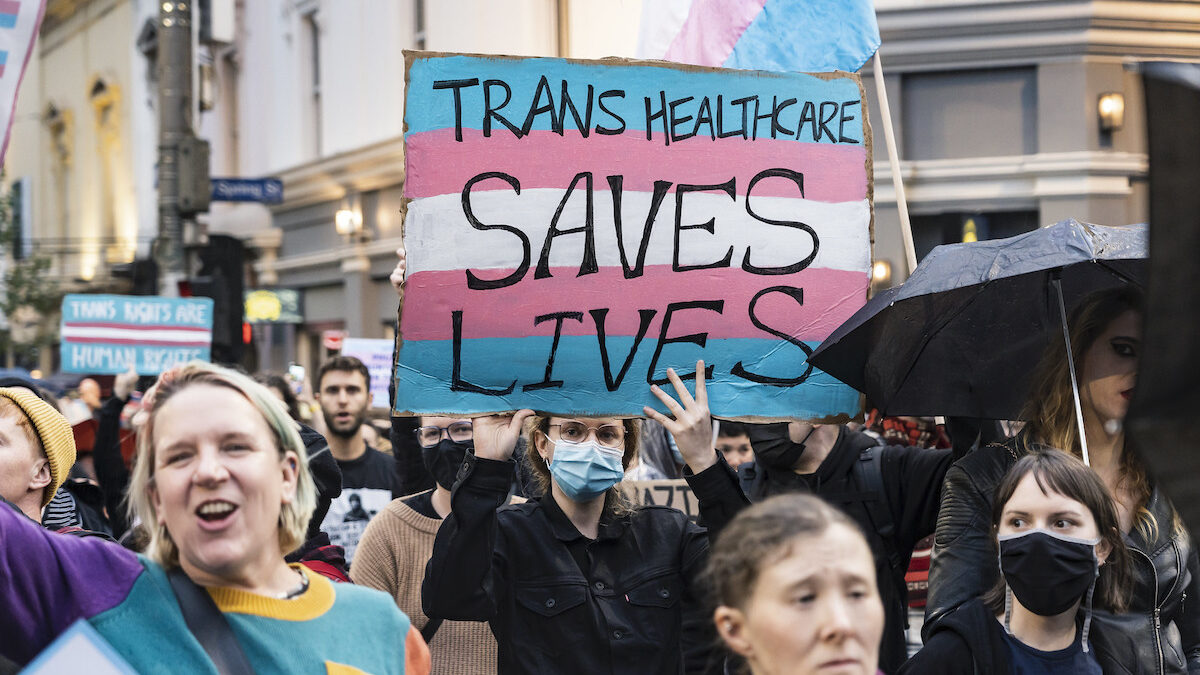“You don’t know anything,” a Secret Service agent told Father Oscar Huber as he was led out of Parkland Hospital on November 22, 1963. With the facts of the shooting yet to be established, the presidential security agency was scared. They worried confirmation of President John F. Kennedy’s death might lead to an attempt on new President Lyndon Johnson’s life.
According to Fr. Huber, he didn’t spill the beans when asked by the swarming media waiting outside. One reporter wrote otherwise.
“He’s dead, all right,” “Time” magazine’s Hugh Sidey reported Fr. Huber as saying before leaving Parkland. It was probably the second authoritative report that Kennedy had died by an assassin’s bullet. By 1:16 p.m., Walter Cronkite had already begun reporting that Kennedy may be dead. Even though the official White House announcement didn’t come until 1:33, word from a priest seemed to confirm suspicions.
Patrick Huber, Fr. Huber’s cousin and author of He’s Dead, All Right: Father Oscar L. Huber, the Kennedy Assassination, and the News Leak Controversy, set out to close the case. “As a family member, I was hoping to try and clear his name,” Huber recently told me. But, he admitted, “it’s possible. He could have blurted it out without thinking.”
The Vincentian priest, who Patrick Huber ventured to guess was “probably a Republican,” had never seen an American President before November 22, 1963. But on that day, the President’s motorcade passed nearby his church in Dallas. At only five feet, five inches tall, Huber stood on his tip-toes to peer over the crowd and catch a glimpse of the country’s first Catholic president. As the president’s car passed him, Father Huber thought Kennedy noticed his clerical collar in the distance and waved at him.
“It was a thrilling moment for me,” Huber later recalled. It was about to become a lot more than thrilling than that. Fr. Huber was eating lunch in the parish rectory when his assistant pastor told him that the President had been shot. At once, the two priests raced to Parkland Hospital without waiting for a call. The hospital was in their parish, after all, and Fr. Huber regularly ministered to patients there.
When Fr. Huber arrived and was led to the trauma room, Kennedy was already covered in a white sheet. “I did not speak to him,” Fr. Huber later wrote, “it was evident he could not answer.” Huber pulled the sheet down to below the President’s nose and was “sure that he was dead,” in a clinical sense. But Fr. Huber also thought it possible Kennedy’s soul had not yet departed and so, he began to administer the last rites.
With a small Roman Ritual book in one hand and Holy Oil in the other, Fr. Huber prayed aloud in Latin. He conditionally absolved Kennedy of his sins. Still praying and paging through the Ritual book, he anointed the President’s bloody forehead with Holy Oil. Huber could not give Kennedy his last communion, but ended the ritual with several Our Fathers and Hail Marys. The First Lady joined in praying aloud. Before leaving, Mrs. Kennedy asked for Huber’s prayers. He assured her that he would say Mass for the President.
That Ritual book was never used again. It’s now housed in the De Andreis-Rosati Memorial Archives of the Midwest Province of the Congregation of the Mission at DePaul University in Chicago. Fr. Huber inscribed the first page of the book “This Ritual was used in administering the Last Rites to President John F. Kennedy, Nov. 22, 1963 at Parkland Hospital.” The pages Fr. Huber prayed from that day are still intact and stained, perhaps from Huber’s thumb covered in Holy Oil and Kennedy’s blood.
Fr. Huber spent the rest of his life giving interviews and writing about his experiences that November day, responding diligently to Kennedy historians and fans, and doing his best to correct the record. He was moved to write Sidey some five years after Kennedy’s assassination to emphatically deny he leaked the news. Even though he was “glad that posterity will know that a Roman Catholic priest was at the side of the President of the United States to administer the last rites of the church,” he did not want to be known as “a Catholic priest who betrayed the confidence placed in him by a secret service agent.”
Sidey wrote back to thank the good Father for his “very great service” and assure him that “that the world is big enough for us to live with our memories.”
Nicholas G. Hahn III is the editor of RealClearReligion.org. Follow him on Twitter @NGHahn3.









